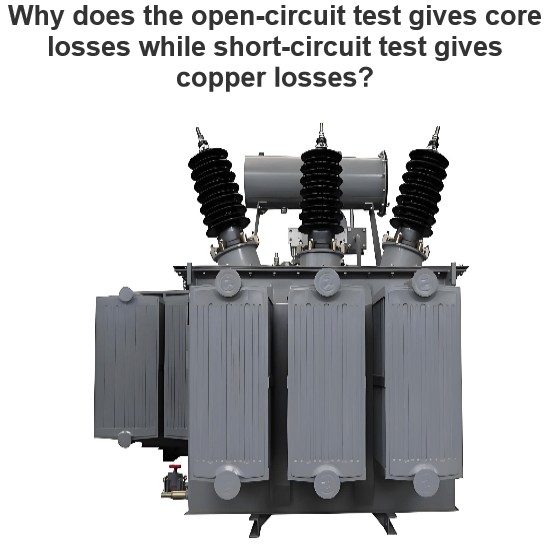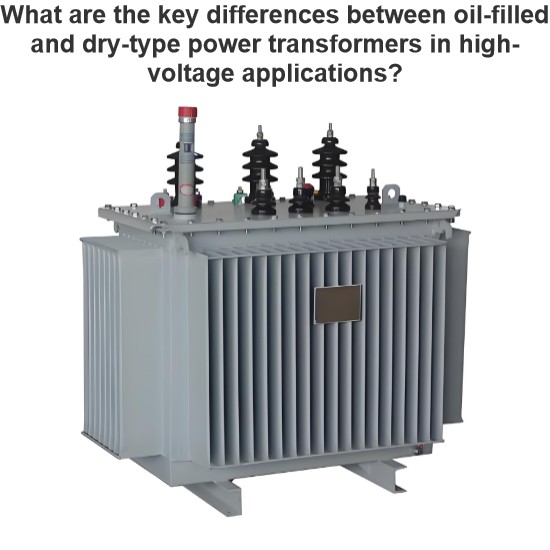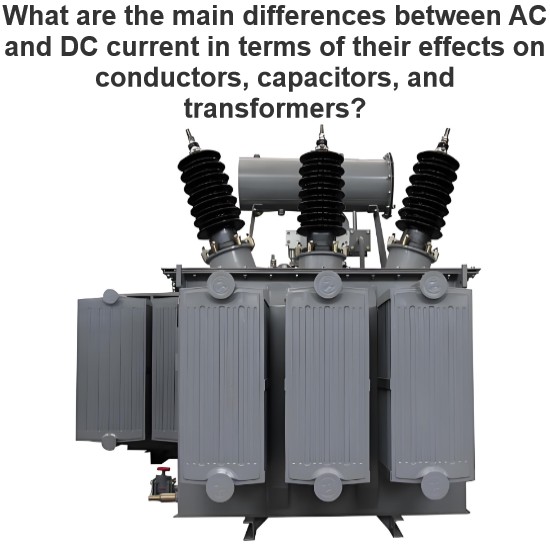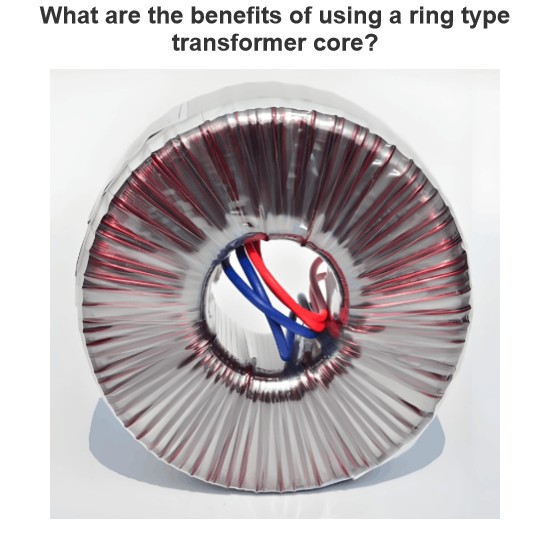How does a single-phase induction motor start without a neutral point starting device?
How to Start a Single-Phase Induction Motor Without a Neutral Point Starting Device
A single-phase induction motor (SPIM) without a neutral point starting device faces a significant challenge during startup: a single-phase power supply cannot provide a rotating magnetic field, making it difficult for the motor to start on its own. To overcome this issue, several starting methods can be used:
1. Capacitor Start
Principle
Capacitor: During the starting phase, a capacitor is connected in series with the auxiliary winding to shift the phase, creating an approximate rotating magnetic field that helps the motor start.
Centrifugal Switch: When the motor reaches a certain speed, a centrifugal switch disconnects the starting capacitor, removing it from the circuit.
Operation
Connect the Capacitor: Connect the starting capacitor in series with the auxiliary winding.
Centrifugal Switch: Set up a centrifugal switch to disconnect the starting capacitor when the motor reaches about 70%-80% of its rated speed.
Advantages
High Starting Torque: The starting capacitor significantly increases the starting torque.
Simple and Reliable: The structure is simple and reliable.
Disadvantages
Cost: Additional starting capacitors and a centrifugal switch increase the cost.
2. Capacitor Start Capacitor Run (CSCR)
Principle
Starting Capacitor: During the starting phase, a starting capacitor is connected in series with the auxiliary winding to increase the starting torque.
Running Capacitor: During operation, a running capacitor is connected in parallel with the auxiliary winding to improve efficiency and power factor.
Centrifugal Switch: When the motor reaches a certain speed, a centrifugal switch disconnects the starting capacitor but retains the running capacitor.
Operation
Connect the Capacitors: Connect the starting capacitor in series with the auxiliary winding and the running capacitor in parallel with the auxiliary winding.
Centrifugal Switch: Set up a centrifugal switch to disconnect the starting capacitor when the motor reaches about 70%-80% of its rated speed.
Advantages
High Starting Torque: The starting capacitor increases the starting torque.
High Running Efficiency: The running capacitor improves running efficiency and power factor.
Disadvantages
Cost: Requires two capacitors and a centrifugal switch, increasing the cost.
3. Resistance Start
Principle
Resistor: During the starting phase, a resistor is connected in series with the auxiliary winding to limit the starting current, creating an approximate rotating magnetic field that helps the motor start.
Centrifugal Switch: When the motor reaches a certain speed, a centrifugal switch disconnects the resistor, removing it from the circuit.
Operation
Connect the Resistor: Connect the resistor in series with the auxiliary winding.
Centrifugal Switch: Set up a centrifugal switch to disconnect the resistor when the motor reaches about 70%-80% of its rated speed.
Advantages
Simple: The structure is simple and low-cost.
Disadvantages
Low Starting Torque: The starting torque is relatively low, which may be insufficient for heavy loads.
Energy Loss: The resistor consumes energy during the starting process, reducing efficiency.
4. Reactor Start
Principle
Reactor: During the starting phase, a reactor is connected in series with the auxiliary winding to limit the starting current, creating an approximate rotating magnetic field that helps the motor start.
Centrifugal Switch: When the motor reaches a certain speed, a centrifugal switch disconnects the reactor, removing it from the circuit.
Operation
Connect the Reactor: Connect the reactor in series with the auxiliary winding.
Centrifugal Switch: Set up a centrifugal switch to disconnect the reactor when the motor reaches about 70%-80% of its rated speed.
Advantages
Moderate Starting Torque: The starting torque is moderate, suitable for medium loads.
Low Energy Loss: Compared to resistance starting, the energy loss is smaller.
Disadvantages
Cost: Requires additional reactors and a centrifugal switch, increasing the cost.
5. Electronic Starter
Principle
Electronic Control: Use an electronic control circuit to manage the current in the auxiliary winding during the starting phase, creating an approximate rotating magnetic field that helps the motor start.
Smart Control: An electronic starter can provide more precise control, optimizing the starting process.
Operation
Connect the Electronic Starter: Connect the electronic starter to the auxiliary winding.
Smart Control: The electronic starter automatically adjusts the starting process based on the motor's operating state.
Advantages
High Starting Torque: The starting torque is high, suitable for heavy loads.
Smart Control: Provides more precise control, optimizing the starting process.
Disadvantages
Cost: Electronic starters are more expensive and require specialized knowledge for installation and tuning.
Implementation Steps
Evaluate Requirements: Choose the appropriate starting method based on the specific application and load requirements of the motor.
Design and Installation: Design and install the corresponding starting device according to the chosen method.
Testing and Adjustment: Conduct tests to ensure the motor starts smoothly and adjust parameters to optimize performance.
Maintenance and Monitoring: Regularly inspect and maintain the starting device to ensure it operates correctly.
Summary
A single-phase induction motor without a neutral point starting device can be started using various methods, including capacitor start, capacitor start capacitor run, resistance start, reactor start, and electronic starters. The choice of method depends on the specific application and performance requirements of the motor. These measures can effectively improve the motor's starting performance and operational efficiency.
The Electricity Encyclopedia is dedicated to accelerating the dissemination and application of electricity knowledge and adding impetus to the development and innovation of the electricity industry.




